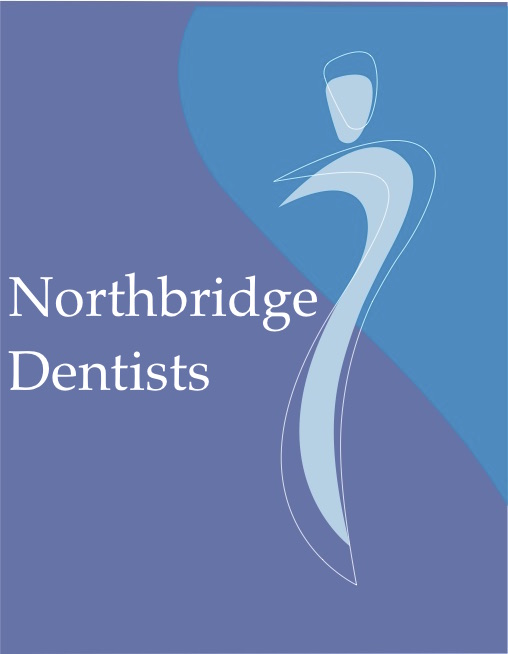Somebody once told me that DENTIST stands for three things
1) D = Doctor
2) EN = ENgineer
3) TIST = arTIST
I kind of like this as at different times we must blend these three approaches. Today I wanted to talk about the artistic side of dentistry.
When most people think about dentistry, they envision clinical settings, sterile environments, and an overall medical approach. However, beneath the surface of this seemingly technical profession lies a world of artistry, where creativity meets science in the pursuit of perfection. Dentistry is more than just medical care—it’s an art form that involves aesthetic judgment, manual dexterity, and the artistic sensibility to transform a patient’s smile into a work of art.
1. The Aesthetic Eye: Crafting Natural Beauty
At its core, dentistry is about restoring function and health, but in doing so, the aesthetics cannot be overlooked. Every dentist must have a keen eye for balance, symmetry, and proportion—qualities central to any art form. Dentists shape, contour, and colour-match teeth, gums, and surrounding structures to create smiles that not only look natural but are in harmony with the patient’s face.
Aesthetic dentistry, particularly, is deeply rooted in artistic principles. The dentist must consider the hue, translucency, and texture of the surrounding teeth, ensuring that the restoration blends seamlessly with the patient's smile.
2. The Sculptor's Hands: Precision in Movement
The hand skills required in dentistry rival those of master craftsmen. Dentists use their hands with the same precision as a jeweler working with intricate pieces. Every filling, crown, or bridge requires careful attention to detail, as even the smallest mistake can affect the patient’s bite, comfort, or overall appearance.
Take the process of shaping a tooth for a crown, for example. The dentist must remove just the right amount of tooth structure—too much, and the tooth is weakened; too little, and the crown won’t fit properly. This precise balance is not unlike the delicate chiseling of a marble statue.
Endodontic work (root canals) and periodontics (gum treatments) also demand high levels of dexterity and control, where every movement impacts the patient’s health and comfort. This level of precision is not just technical—there's an artistic finesse involved in ensuring a treatment outcome that functions well and looks beautiful.
3. Colour Theory in Dentistry: Beyond the Whites
To the untrained eye, teeth may seem uniformly white, but in reality, they have subtle colour variations, translucency, and light-reflecting qualities. Achieving a natural look in restorative and cosmetic dentistry requires understanding and mastering these nuances.
Dentists must be experts in "dental colour theory." The shade-matching process is as much a science as it is an art, with dental professionals using a combination of colour charts, shade guides, and specialized lights to match teeth perfectly. Each tooth is unique, with different zones of brightness and translucency, which change based on the lighting and the angle of observation. Restorations that are too opaque or too white can stand out unnaturally, while perfectly blended shades can enhance a patient's natural smile, highlighting the skill of the dental artist.
4. Designing a smile
Designing a smile is a complex artistic process that involves more than just individual teeth—it’s about considering the overall facial structure. This process involves artistic considerations like:
Symmetry: Ensuring the teeth align evenly with facial features.
Golden proportions: Using ancient aesthetic ratios to create a balanced and harmonious smile.
Facial analysis: Considering the patient’s face shape, lip line, and even personality to design a smile that fits naturally.
The dentist’s role as a designer is critical. By blending art and science, they create smiles that not only look attractive but also convey confidence, warmth, and personality.
5. Beyond the Teeth: The Whole Face as a Canvas
While teeth are the primary focus, the artistry of dentistry extends beyond the mouth. Dentists must also consider the gums, lips, and facial muscles that frame the teeth. Periodontal sculpting, for example, reshapes the gums to enhance the appearance of the teeth, creating a more symmetrical and aesthetically pleasing smile. Dentists may also collaborate with orthodontists or surgeons to adjust jaw alignment, improve facial contours, or balance the overall facial appearance.
This broader approach transforms dentistry into a form of facial architecture, where each treatment aims not just to improve dental health but also to enhance the overall beauty of the face.
6. The Emotional Impact of Artistic Dentistry
Art, in all its forms, has the power to evoke emotions, and the artistry in dentistry is no different. A beautifully crafted smile can significantly impact a person’s self-esteem, confidence, and even how they interact with the world. Dentists often describe the emotional reward of seeing a patient light up with happiness after a transformative cosmetic procedure. The artistry in dentistry is not just about aesthetics—it’s about creating smiles that reflect joy, health, and individuality.
In essence, dentistry is where art and science converge. The science provides the foundation, ensuring that treatments are safe, functional, and durable. But the artistry is what elevates these treatments into the realm of beauty and self-expression. Whether it’s perfecting the curve of a veneer, restoring the natural shape of a tooth, or designing an entirely new smile, dentists are, at their core, artists with a passion for bringing beauty into their patients' lives.
Dentistry is a field that requires more than technical expertise; it demands creativity, an aesthetic eye, and the ability to envision and craft beauty. Through precision, design, and colour mastery, dentists don’t just restore teeth—they create works of art, one smile at a time.
Case below by the talented Dr Jenny Chang



